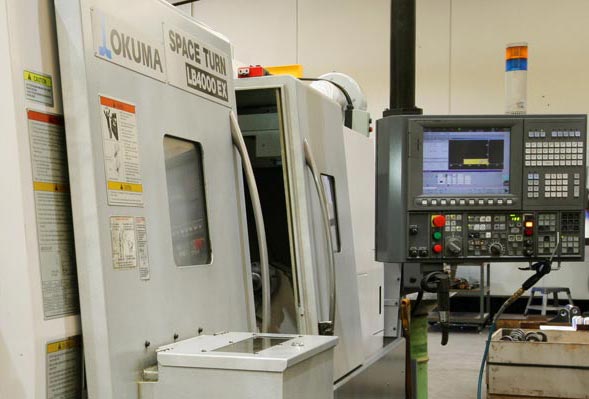
Explore the versatility of conventional turning by Aero Spec Engineering for creating steel parts. Handle both simple and complex components with ease.
Conventional turning is one of the machining processes that holds a remarkable versatility in shaping steel components. From basic cylindrical shapes to intricate designs, this method serves as a fundamental technique in manufacturing industries worldwide. Carried out by Aero Spec Engineering, explore its capabilities in crafting both simple and complex steel parts with efficiency and precision.
The Process of Conventional Turning
Conventional turning involves rotating a workpiece against a cutting tool to remove material and shape it into the desired form. This process relies on the expertise of skilled machinists who manipulate the cutting tool’s movement to achieve precise dimensions and surface finishes. Conventional turning machines, while less automated than CNC counterparts, excel in versatility and can produce a wide range of components out of steel and other materials.
Simple to Complex Steel Components
Conventional turning is adept at crafting simple steel parts with efficiency and accuracy. From shafts and pins to bushings and pulleys, machinists from Aero Spec Engineering can use conventional lathes to turn out components with consistent dimensions and smooth surface finishes. The simplicity of the process allows for rapid production of these basic parts, which makes conventional turning an essential technique in small-scale manufacturing and repair operations.
Despite its reputation for simplicity, conventional turning is also well-suited for tackling complex steel parts. Aero Spec Engineering can utilise advanced techniques such as taper turning, threading, and knurling to create intricate features and geometries. From threaded connectors and valve bodies to precision gears and tooling inserts, our conventional turning machines can handle the intricacies of complex components with precision and accuracy.
The Conventional Turning Advantage
Conventional turning offers several advantages that make it a preferred choice for machining steel parts. Some of its advantages are as follows.
• Versatile: Conventional turning machines can handle a wide range of materials, including various grades of steel, with ease. This versatility allows the production of diverse components to meet the requirements of different industries and applications.
• Cost-Effective: Compared to CNC machining, conventional turning is often more cost-effective, particularly for small-batch production runs or one-off components. The simplicity of the process requires less investment in equipment and programming, which makes it an attractive option for budget-conscious manufacturers.
• High Quality: Conventional turning relies on the expertise of skilled machinists who possess a deep understanding of metalworking principles and techniques. The craftsmanship of our team ensures that each steel part is meticulously crafted to meet the highest standards of quality.
The benefits of conventional turning make it useful in many industries. Some industries that can utilise this process are the automotive, aerospace, medical, electronics, and manufacturing industries.
Conventional turning by Aero Spec Engineering remains a versatile and indispensable technique for machining steel parts, from the simplest to the most complex. With its ability to produce components with precision, efficiency, and cost-effectiveness, conventional turning continues to play a significant role in manufacturing industries here in Australia. As technology advances, the timeless art of conventional turning remains a foundation of metalworking, which ensures the creation of high-quality steel parts for a multitude of applications.
Optimized by: Netwizard SEO
